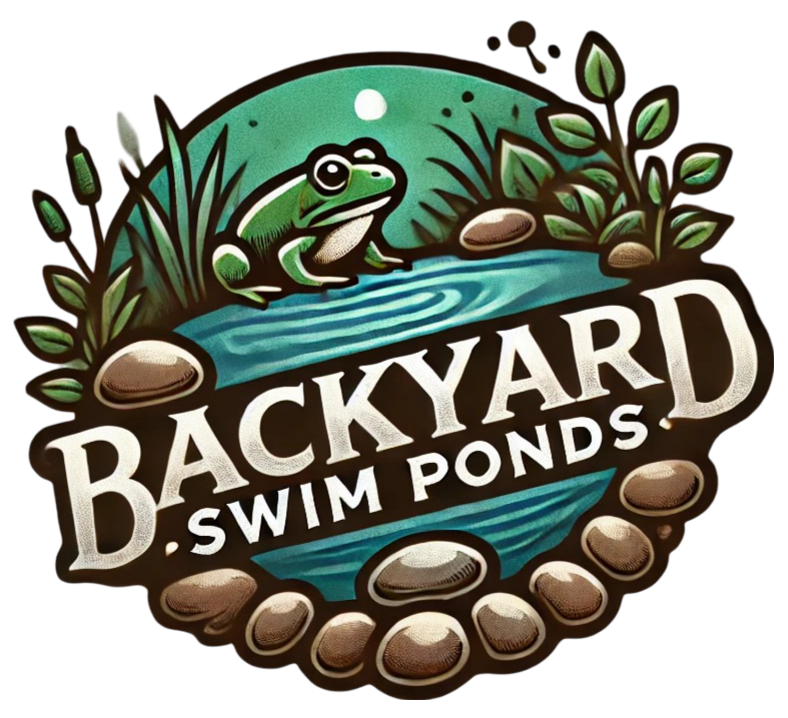Designing swim ponds that are accessible and inclusive significantly benefits communities, making these aquatic environments welcoming for individuals of all abilities. By understanding the legal requirements and innovative design strategies, you can create spaces that are enjoyable, safe, and user-friendly. This guide explores the essential aspects of swim pond design, with a focus on accessibility standards, effective user engagement, material selection, and funding strategies to help you build inclusive swim ponds.
Why Accessibility Matters in Swim Pond Design
Accessibility is critical in recreational facilities, especially swim ponds. Recognizing the need for inclusivity allows everyone to enjoy aquatic spaces, which fosters community engagement and shared experiences. Legally, the Americans with Disabilities Act (ADA) mandates that public facilities accommodate individuals with disabilities, setting a baseline for accessibility in swim ponds. By ensuring your design addresses diverse needs, you not only meet legal obligations but also enhance the overall well-being of your community.
Research shows that when aquatic environments are designed inclusively, community health improves significantly. Social inclusion reduces isolation, enhances mental health, and promotes a sense of belonging among individuals, regardless of their abilities. Implementing inclusive designs can transform swim ponds into vital community assets, providing equitable access to these recreational spaces.
Image: A diverse group enjoying a swim pond
Source: iStock
Decoding the ADA: What You Need to Know
Familiarizing yourself with ADA regulations is vital for ensuring your swim pond design meets national standards. Although the ADA does not specifically mention swim ponds, it closely aligns with swimming pools and similar facilities. For ponds with less than 300 linear feet of surrounding wall, at least one accessible entry point—either a pool lift or a sloped entry—is required. Larger ponds need two accessible entry points.
When designing, prioritize incorporating essential ADA features, such as ramps, transfer walls, and clear signage. The positioning and design of these elements must conform to ADA guidelines to guarantee safety and usability for all users accessing your swim pond.
Image: ADA compliant pool lift diagram

Source: Shopify
Design Strategies for Inclusive Swim Ponds
To promote access for diverse user groups, you should implement effective design strategies in your swim ponds. Integrating universal design principles recognizes the full range of user needs, fostering inclusivity in aquatic spaces. One key approach is zero-entry access, allowing users to gradually enter the water without steps.
Innovative design features should also include non-slip surfaces, wider pathways, and adaptive equipment, such as water wheelchairs. Additionally, creating various depth zones caters to different abilities and preferences, ensuring everyone has a suitable space to enjoy.
Image: Before and after swim pond design
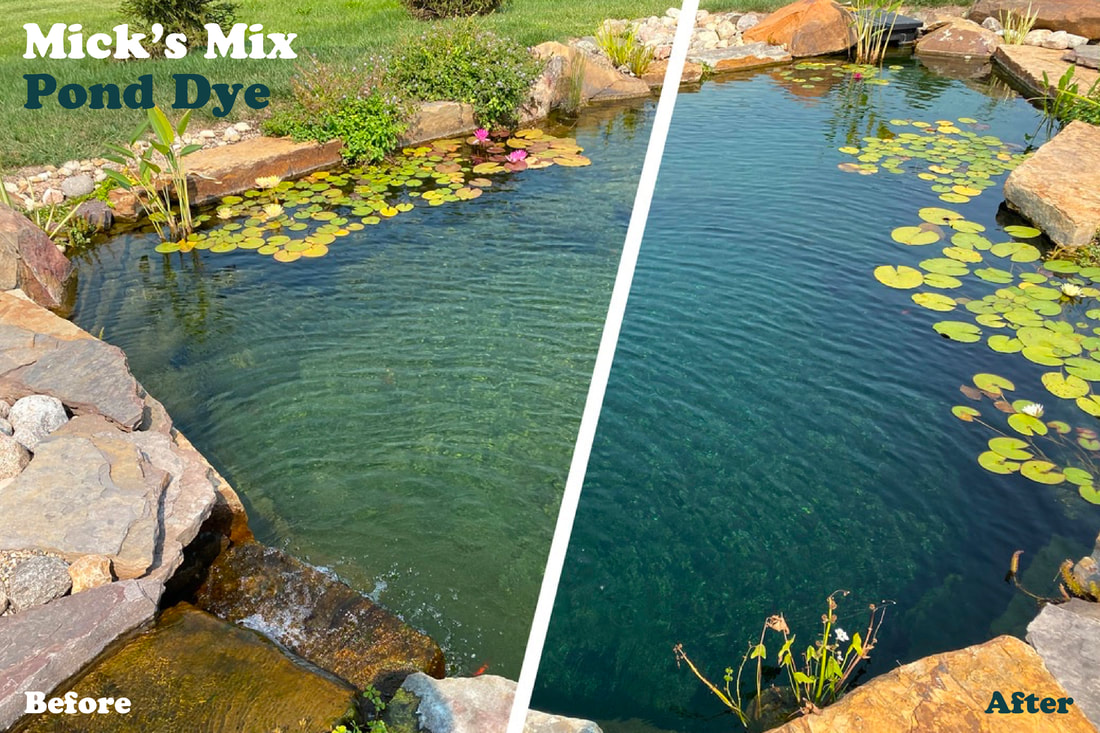
Source: Total Habitat
Choosing the Right Materials for Safety and Accessibility
Selecting appropriate materials is critical for constructing safe and accessible swim ponds. It is essential to focus on materials that enhance traction and prevent slipping. Non-slip surfaces should be used around water entry points and deck areas.
Consider durable materials, such as treated wood or composite decking, for longevity while minimizing maintenance costs. It’s also important to think about eco-friendly options that align with sustainability goals and regional environmental standards, further contributing to the inclusivity of your aquatic space.
Image: Samples of materials for swim ponds
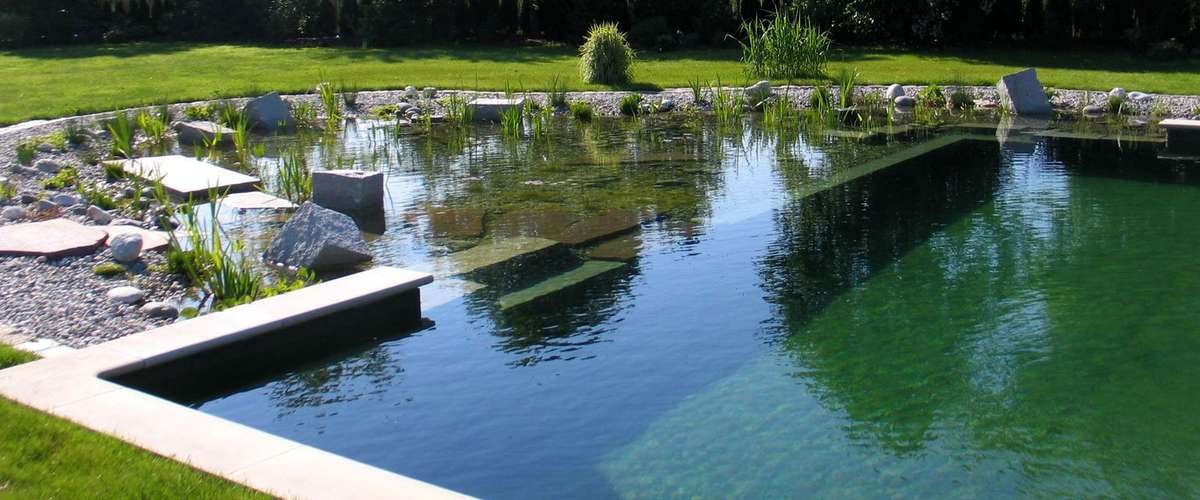
Source: EcoHome
Environmental Considerations in Swim Pond Design
Creating environmentally friendly swim ponds involves integrating natural systems into your design process. For instance, you should consider using natural filtration systems to maintain water quality and reduce chemical use. This benefits both the environment and enhances the user experience.
Incorporating native plants around the swim pond helps support local wildlife habitats and improves biodiversity. Strive to balance recreational use with environmental stewardship by including design elements that align with the local ecosystem.
Image: Native plants in swim pond
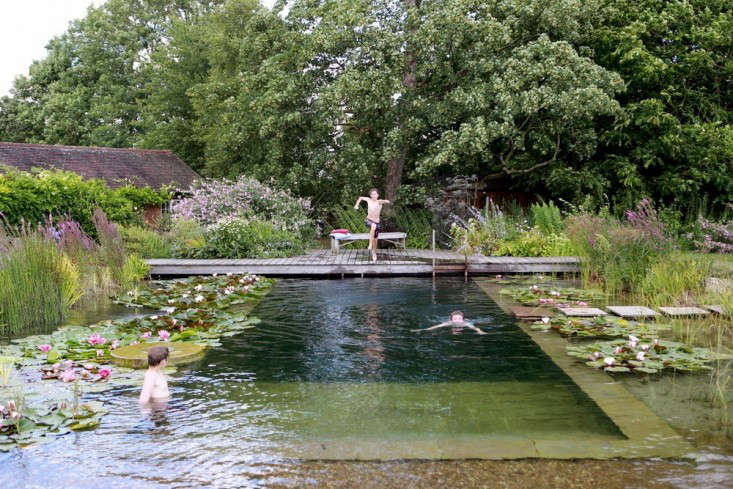
Source: Gardenista
Funding Your Vision: Financial Strategies for Accessibility
When it comes to funding for accessible swim ponds, exploring various grant opportunities and financial incentives is essential. Programs like the Pool Safely Grant Program provide substantial funding. Additionally, community impact grants can offer resources for local swimming clubs.
Don’t forget to include costs for adaptive features in your budget. A well-structured financial plan can enhance your swim pond’s sustainability, ensuring it provides ongoing benefits for the community.
Image: Infographic funding for accessibility swim ponds
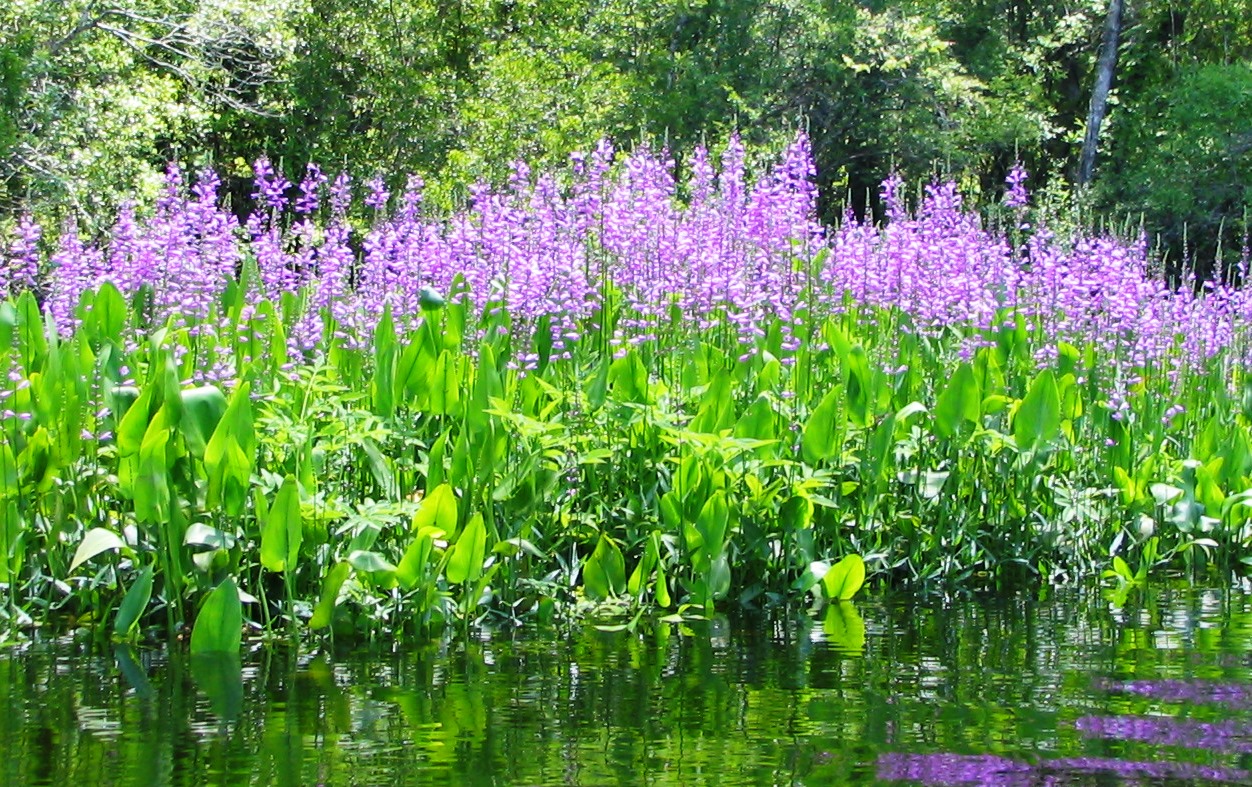
Source: IFAS
Gathering Feedback: Learning from Users with Disabilities
Understanding user experiences is crucial for shaping effective swim pond designs. Engaging individuals with disabilities to discuss their needs and preferences provides valuable insights that can improve accessibility features. Consider hosting workshops or community meetings to collect feedback and adapt designs based on users’ perspectives.
Prioritizing user-centered design principles will help create swim ponds that adequately meet diverse needs. Gathering this information will inform future designs, fostering greater ownership of the space among community members.
Image: User testimonials swim ponds

Source: Reddit
The Future of Swim Ponds: Embracing Inclusivity and Innovation
As landscape architects and municipal planners, you play a pivotal role in shaping the future of swim pond designs. The growing emphasis on inclusive design in community planning encourages innovations that improve accessibility. Consider exploring trends such as smart technology to integrate automated features into your swim ponds, increasing usability for individuals with mobility impairments.
Your commitment to creating accessible swim ponds not only fulfills current regulatory standards but also helps pave the way for future projects. Collaborating with communities ensures that aquatic environments remain inviting, inclusive, and beneficial for all.
Image: Inclusive swim pond community
.jpg)
Source: Gartenart Australia
In conclusion, the path to designing accessible and inclusive swim ponds goes beyond meeting legal requirements; it enriches community life. By prioritizing inclusivity in your designs, employing innovative materials, and considering environmental factors, you can significantly improve the quality of life for all individuals. Remember to actively engage users with disabilities to gather their feedback—the insights you collect will guide your efforts in creating spaces where everyone has the opportunity to thrive. With careful planning and dedication, you have the potential to create swim ponds that serve as welcoming environments for your community.
